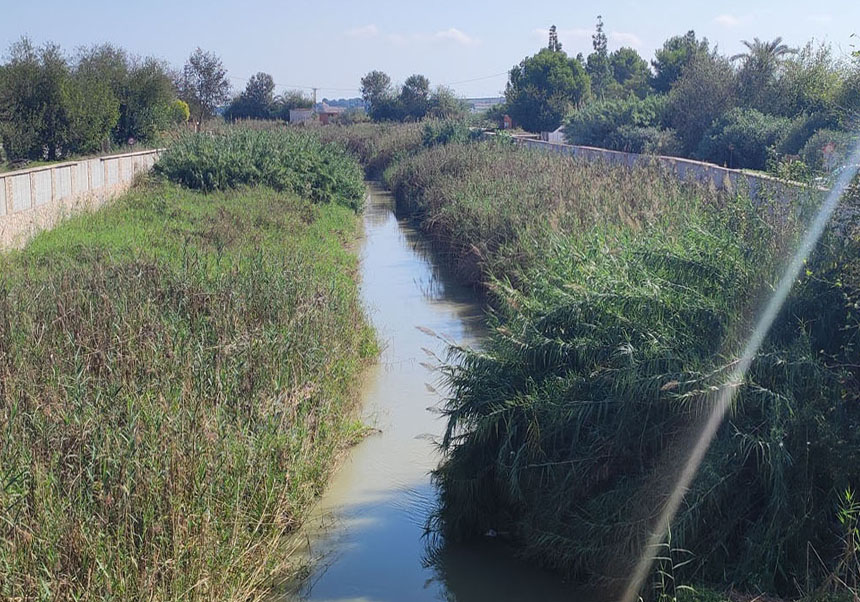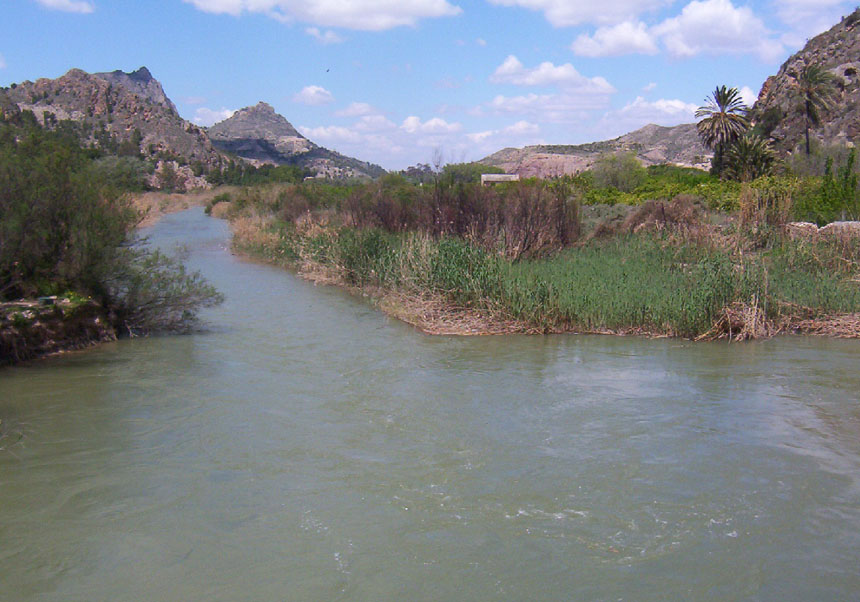Rainy days in the Segura river basin were reduced by 14% between 1987 and 2021 compared to the previous 34 years
- Scientific Culture and Innovation Unit
- February 9th, 2024

Research by the University of Valencia (UV) concludes that the headwaters of the Segura, Guadiana, Guadalquivir and Júcar river basins receive less and less water from precipitation and, therefore, their recharge is less. The study reveals that rainy days have been reduced by 14% in the period 1987-2021 compared to the period 1952-1986. Furthermore, the volume of precipitation (millimetres per year) has been globally reduced by 9% in the second period compared to the first one.
“A decrease in weak or moderate rainfall, as highlighted in this study, has profound ecological implications for the hydrological system and, consequently, for the well-being of communities. Likewise, an increase in torrential rains has implications for both natural and social systems”, highlights María José Estrela, first signatory of the article and professor at the Department of Geography at the University of Valencia.
The research – on the Segura, Guadiana, Guadalquivir and Júcar rivers – also confirms that the areas in which the river is recharged (upper and middle sections) have seen a greater concentration of precipitation in those 70 years, that is, there is fewer rainy days with greater intensity of precipitation. Overall, in the basins studied, in summer rainy days decreased by an average of 28%, and in winter, by 19%.
In addition, dry periods increased, which constitutes a drawback for the effectiveness of recharge, since the best days for this are those with moderate or low rainfall (less than 40 mm of rain per day), which are decreasing with regarding days of high intensity rain (greater than 40 mm/d).
The study, also signed by David Corell and Juan Javier Miró (Department of Geography) and Raquel Niclós (Department of Earth Physics and Thermodynamics), confirms that these changes were not uniform throughout the year, and that in summer and winter The decrease in rainy days and precipitation volume were more pronounced. Thus, the volume of precipitation decreased by 20% in summer and 19% in winter. Furthermore, in spring, rainfall was also reduced by 10% and only in autumn, the time of greatest torrential rainfall, did the volume increase by 10%.
According to the research, control of the resources in the course of the Guadiana and Guadalquivir rivers is crucial, since they constitute an important tourist destination that increases its population significantly in summer and winter, with less and less water. The study states that in these basins the volume of precipitation has been reduced by between 30 and 40%.
Methodology
The research has been based on the analysis of 348 rainfall stations located in the basins of the Segura, Guadiana, Júcar and Guadalquivir rivers, and belonging to the State Meteorological Agency (AEMET). The variables evaluated have been the volume of precipitation, the number of rainy days, daily precipitation classified by intensity and the Standardised Precipitation Evapotranspiration Index (SPEI), which indicates drought levels.
This study has had the support of the PROMETEO program (Valencian Government) and the Ministry of Science and Innovation.
Article: Estrela, M. J.; Corell, D.; Miró, J. J.; Niclós, R. Analysis of Precipitation and Drought in the Main Southeastern Iberian River Headwaters (1952–2021). Atmosphere 2024, 15, 166. https://doi.org/10.3390/atmos15020166
Annex photo caption:
1. Middle course of the Segura River.



















